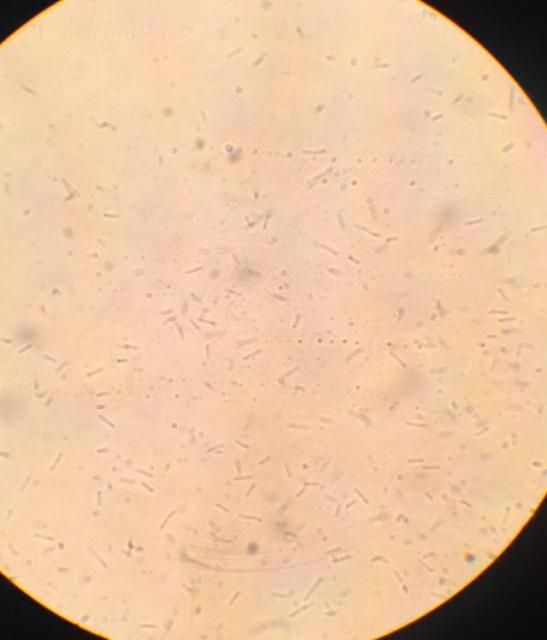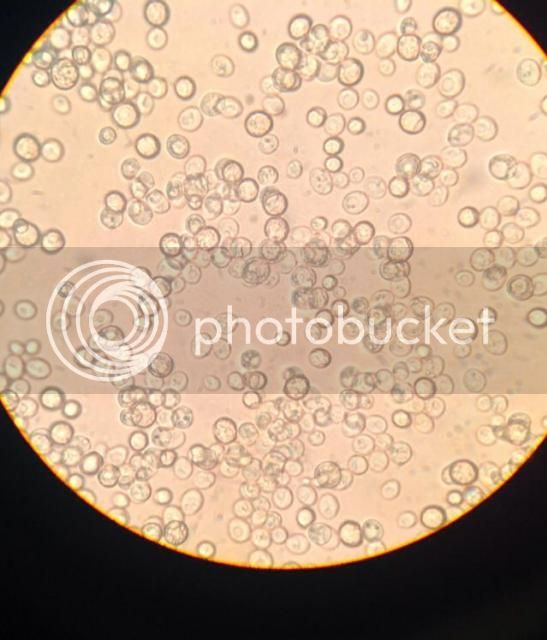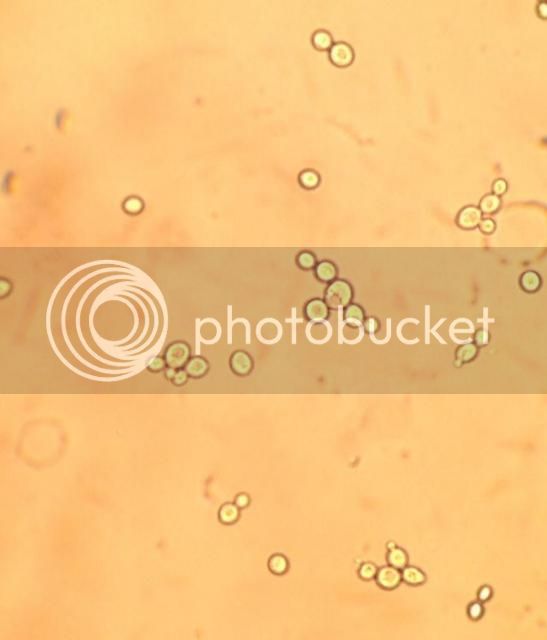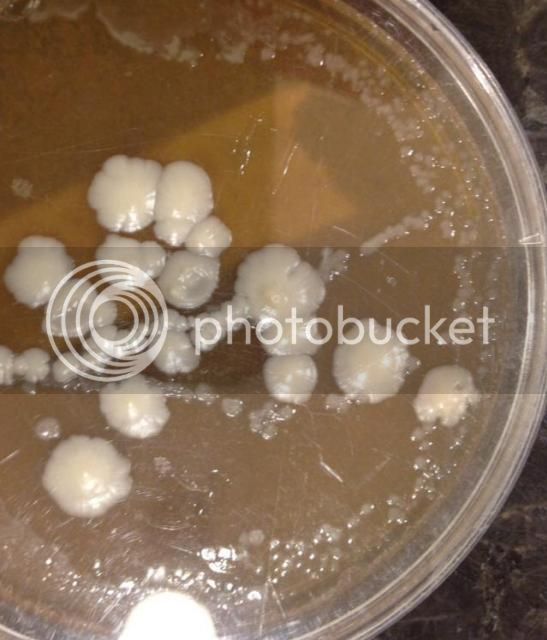Hmm, Thank you for that post! Perhaps I don't really need a better microscope. I have one that is quite sufficient for yeast cells..
And, I will shortly experiment with the washing technique using chlorine dioxide.
Let me ask another question...
Occasionally, I intend to use some washed, stored yeast for another starter and pitch and find a nice little colony floating on the surface of the water. I have always assumed it was all bad and threw it all out (even though the yeast slurry itself smelled fine).
Now I wonder if I could salvage the yeast, especially with the chlorine dioxide treatment before the starter.
Any thoughts about that?


















































![Craft A Brew - Safale S-04 Dry Yeast - Fermentis - English Ale Dry Yeast - For English and American Ales and Hard Apple Ciders - Ingredients for Home Brewing - Beer Making Supplies - [1 Pack]](https://m.media-amazon.com/images/I/41fVGNh6JfL._SL500_.jpg)









